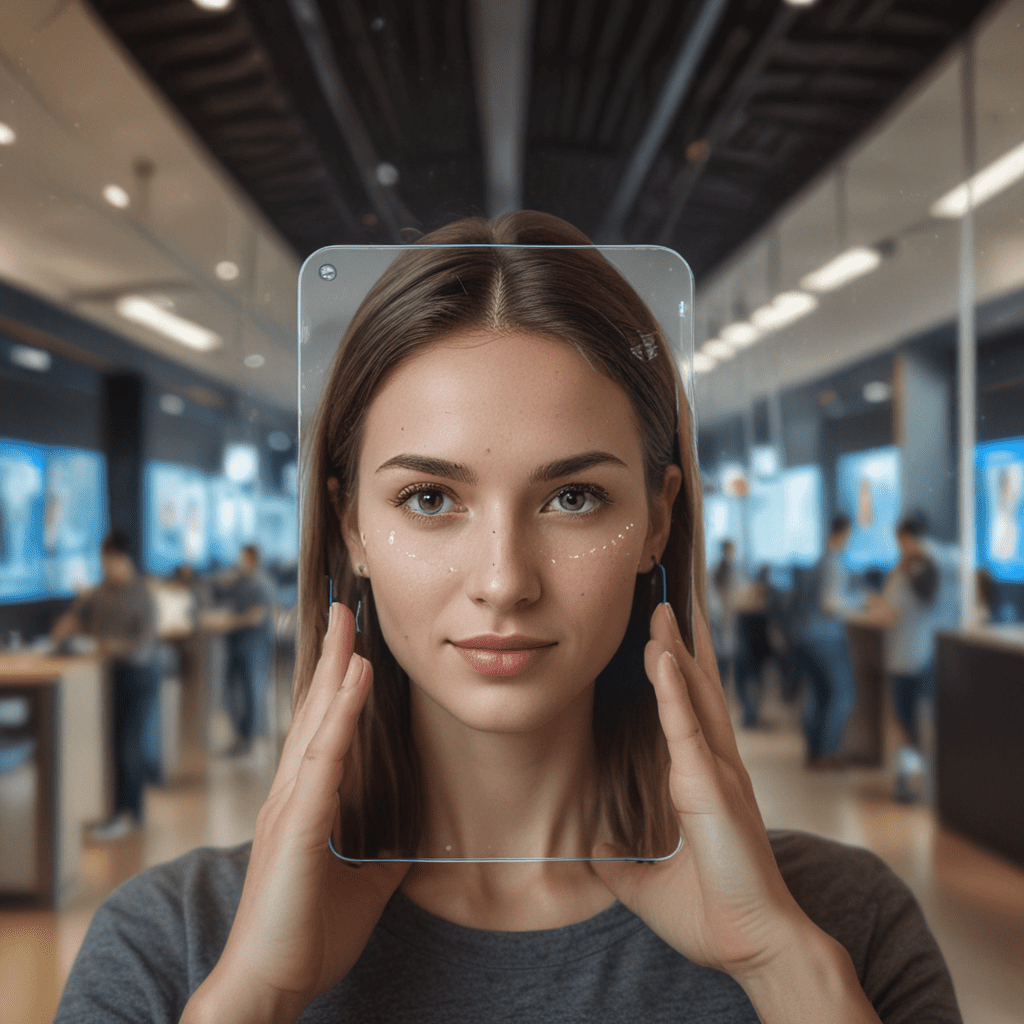
Facial Recognition in Social Media: Influencing User Behavior
I. Introduction
In the era of pervasive social media platforms, facial recognition technology has emerged as a transformative tool. It offers captivating applications that enhance user engagement and optimize services, while simultaneously raising concerns about privacy and ethical implications. In this comprehensive article, we delve into the intricate interplay between facial recognition and social media, exploring its profound effects on user behavior, and providing an insightful analysis of its future implications.
II. Facial Recognition Technologies in Social Media
Facial recognition systems are powered by sophisticated algorithms that extract unique characteristics from a human face. By mapping facial features and comparing them to a database, these systems can identify individuals and unlock a wide range of functionalities in social media applications. From tagging photographs and recommending connections to enabling seamless login and targeted advertising, facial recognition plays a pivotal role in enhancing the user experience.
III. Privacy and Ethical Concerns
While facial recognition technologies offer undeniable advantages, they also raise legitimate concerns regarding privacy and ethics. The capture and storage of sensitive biometric data without explicit user consent can pose risks of misuse or abuse. Ethical considerations must be at the forefront of social media platforms’ implementation and utilization of facial recognition technologies, ensuring that privacy protections are in place and user trust is maintained.
IV. Marketing and Advertising Applications
The advertising industry has embraced facial recognition technology with open arms. Advertisers can now precisely target consumers based on their demographics, preferences, and even emotional expressions captured through facial analysis. This granular approach enhances campaign effectiveness while providing personalized and highly relevant marketing content to users. Facial recognition also empowers marketers with valuable insights into consumer behavior and trends.
V. Content Customization and Recommendation
Social media platforms leverage facial recognition to deliver tailored content and recommendations that resonate with individual interests. By recognizing facial expressions and emotions, algorithms can curate a personalized news feed and suggest videos and articles that align with user preferences. This enhanced content customization fosters engagement, keeps users on the platform for longer periods, and ultimately fosters a deeper connection between the platform and its users.
VI. Social and Psychological Impacts
Facial recognition in social media has complex social and psychological implications. It can promote inclusivity and belongingness by facilitating connections and fostering a sense of community among users. However, concerns exist about the potential for surveillance and discrimination, particularly in scenarios where facial recognition data is used without informed consent or transparent oversight.
VII. User Perception and Reactions
User perception and reactions to facial recognition technologies in social media vary widely. Some embrace the convenience and personalization it offers, while others express apprehensions about privacy breaches and potential misuse. Understanding user perspectives and addressing their concerns through transparent communication and robust data protection measures are crucial for maintaining trust and fostering user adoption.
VIII. Legal and Regulatory Considerations
As facial recognition technologies become increasingly prevalent, legal and regulatory frameworks are being developed to address the associated privacy and ethical challenges. Governments worldwide are exploring regulations to ensure responsible use, prevent discrimination, and safeguard individual rights. Social media platforms have a responsibility to comply with these regulations and implement appropriate safeguards to protect user data and privacy.
IX. Future Implications
Facial recognition technologies in social media show no signs of slowing down in the foreseeable future. Advanced algorithms and the integration of artificial intelligence will enhance accuracy and unlock new applications, including facial payments, emotional analysis, and fraud detection. The future implications of facial recognition extend far beyond social media, potentially shaping industries such as healthcare, finance, and law enforcement.
X. Conclusion
Facial recognition in social media offers a transformative blend of convenience, personalization, and marketing potential. However, it also raises important ethical, privacy, and social considerations. Striking the right balance between innovation and responsible use is paramount for social media platforms. As technology continues to advance, robust legal frameworks, user education, and transparent data protection practices will be essential to safeguard privacy, nurture trust, and harness the full potential of facial recognition for the betterment of society.
FAQs
1. What are the benefits of facial recognition in social media?
Facial recognition enhances convenience, personalizes content, improves advertising targeting, and fosters inclusivity.
2. What are the potential risks of facial recognition?
Concerns include privacy breaches, surveillance, discrimination, and misuse of sensitive biometric data.
3. What can users do to protect their privacy?
Users can adjust their privacy settings, be mindful of sharing facial data, and stay informed about platform policies.
4. What is the future of facial recognition in social media?
Advanced algorithms and AI integration will unlock new applications, such as facial payments and fraud detection.


